2016 Ford Escape Overview
This month we had opportunity to review a vehicle which had previously come in a hybrid version, but which now promises decent fuel economy via conventional downsized turbo options – the 2016 Ford Escape.
The compact crossover introduced in 2000 went through two generations from 2005-2011 with a full hybrid powertrain independently developed by Ford but so similar to a Toyota system that the two companies agreed to cross license patents. Since 2012, however, the third generation has continued as a rebadged European model with three engine variations.
Further, the 2016 we sampled, while largely representative of what can be bought now, is being superseded as we speak by a similar but tweaked 2017 model with new grille and rear aesthetics, new safety and infotainment technology, and engine options.
Our purpose was to see how one of the most popular compact crossovers is doing, and as a basis of comparison also with other compact crossovers we will review, including the new AWD-only Toyota RAV4 Hybrid.
Three Engines
Ford reportedly once justified dropping the hybrid version by saying its 1.6-liter EcoBoost engine could net close to the same mpg as the 2.5-liter hybrid, and that is almost correct, if not quite.
Actually due to substantially lower city fuel economy, the combined rating for the most-efficient front-wheel-drive Escape is 26 mpg, whereas the 2011 hybrid was rated 32 mpg.
Where the claim is true is on the highway and mpg is actually 1 mpg better for the non-hybrid at 32 mpg versus 31 mpg for the former hybrid. However, in the city, the non-hybrid is rated 23 mpg versus the hybrid’s 34 mpg. Ouch – and that was the price of losing the electric drive which helps mostly in low-speed round-town driving.
The Escape’s 1.6-liter EcoBoost was also joined for 2012-2016 by a nearly as efficient (25 mpg for FWD) but much more powerful 2.0-liter EcoBoost, and a 2.5-liter naturally aspirated engine (also 25 mpg).
“EcoBoost,” by the way, is Ford’s name for its downsized turbocharged engines and is being used throughout its vehicle line as an expedient to return respectable mpg even for its F-150 pickups to Mustangs up to its exotic GT supercar.
While Escape models have had up to a 3.0-liter V6 in past generations, all the Escape’s current engines are inline-four cylinders, DOHC, all-aluminum, and transmit their power through a six-speed automatic.
For 2017, the 1.6 EcoBoost has been bumped by a 1.5-liter EcoBoost seen also in the new Fusion, and the 2.0-liter is also superseded by a new twin-scroll design equipped also in the Edge. The 2.5-liter base non-turbo engine will continue forward, as will the six-speed auto.
Design and Details
The spacious attractively styled five-passenger people- and things-mover that has become a new default for a family station wagon attempts to be trendy and functional all in one.
While the hybrid powertrain is deleted until further notice, Ford makes a nod toward the environment by saving over 10 pounds of scrap cotton from a landfill and using it as sound deadener. Enough post-consumer polyester to make 25 20-ounce bottles is also used in the carpet.
Of greater interest however may be the SYNC3 infotainment with voice recognition and capacitive touch, swipe, and pinch-to-zoom screen – and updated further and called SYNC Connect for 2017.
Cargo room behind the first row seats is 67.8 cubic feet, and behind the second row is 34.3 cubic feet.
Towing capacity is according to engine size. The base 2.5-liter is rated for 1,500 pounds, the 1.6 is rated for 2,500 pounds, and the largest 2.0-liter is 3.500 pounds.
Standard are 17-inch wheels though our Titanium ran on handsome 19-inchers.
As for the 2017 model, the most obvious outward feature is forward of the A-pillar, especially the new grille and optional LED accent lighting and HID headlamps, and aft of the C-pillar. It also has a retuned suspension for ride improvements.
Inside revisions are to the center console, dash, and materials including softer leather on models so equipped.
Safety tech available now includes adaptive cruise control with collision warning and lane keeping assist.
On the Road
The Escape is a relatively sure-footed sport-ute and not so top-heavy feeling as one might expect.
Power in the 2.0-liter is plentiful uphill, on highways, and basically any time you need it. It’s rated at 240 horsepower and 270 pounds-feet torque for the vehicle with curb weight between roughly 3,600 and 3,750 pounds.
With acoustic sound deadening glass and other measures, the noise, vibration and harshness are quite muted. The 2017 is said by Ford to be even more improved in the NVH department.
Legroom, headroom, and shoulder room fore and aft are suitable for those a few inches over six-feet. MPG on two separate runs – one nearly 300 miles, another just over 100 miles – was remarkably consistent with the EPA at just over 23 mpg. Sampling the cruise control at a steady 55 mph netted between 28 mpg and 33 mpg on relatively level highway. Overall, the vehicle is a fair bit quicker than a roughly 200-horsepower and few-hunded-pound heavier RAV4 Hybrid, but does not return near the estimated fuel economy.
Bottom Line
Pricing for the 2016 Escape starts at $23,590 for the base S, runs to $25,490 for the SE, and the Titanium starts at $29,995. The one we drove stickers for $32,475 including $845 destination and delivery charge. 2017 models are priced nearly the same.
For this outlay one gets a very satisfying all-rounder which does give up mpg to the class champ – the RAV4 Hybrid which is rated a few mpg ahead of the AWD 2011 Escape Hybrid – or 34 city, 31 highway, 33 combined – and starts at $28,370 and goes to $33,610 plus options and $900 destination.
In a time of cheap gasoline Ford will sell a lot more of these than Toyota will of its Hybrid and if it were not for the mpg factor, the drive experience itself is quite competitive.
What would be really best is if the company now selling more plug-in hybrids and growing its hybrid and EV portfolio would revive the hybrid Escape.
Until then, the regular Escape is a solid offering in its class.
Become an AutoGuide insider. Get the latest from the automotive world first by subscribing to our newsletter here.
More by Larry E. Hall



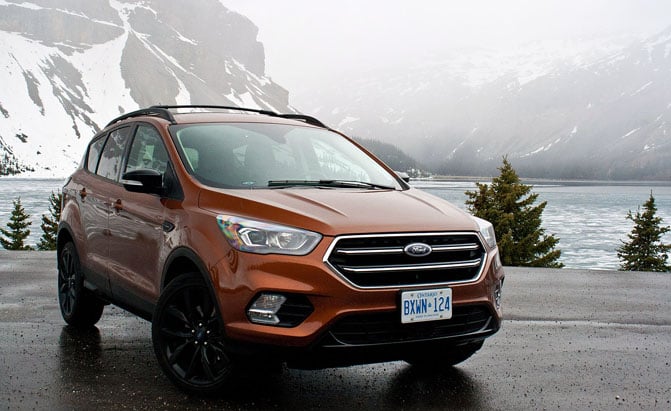

















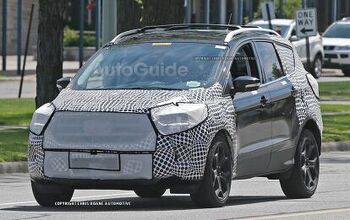

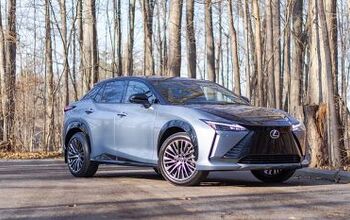


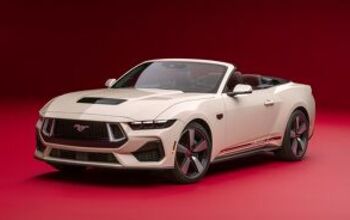

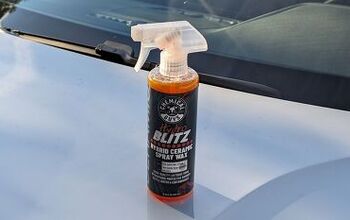
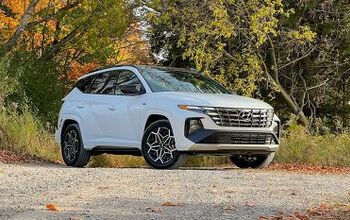



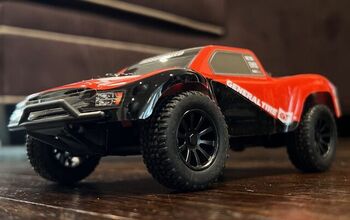
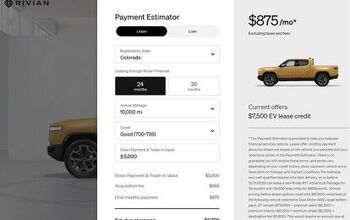

Comments
Join the conversation